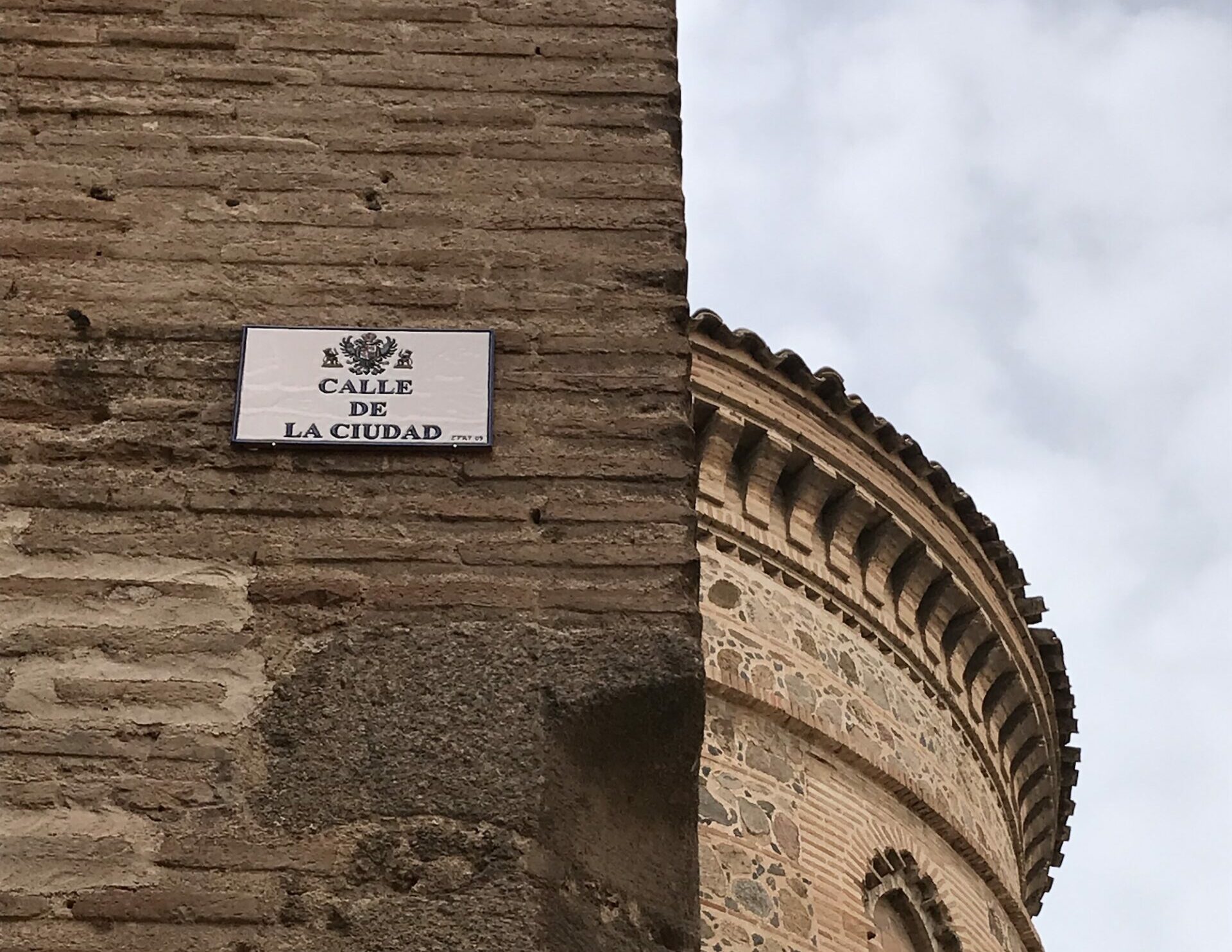According to the annual report of the Instituto Cervantes, nearly 500 million people around the world have Spanish as their mother tongue – so plenty of people to talk to once you master this language. Of course, that does not mean that every hispanohablante speaks exactly the same Spanish.
We often notice that at our intercambio events, where Dutch language students practise their Spanish with Spanish-speaking students and vice versa. Each edition features people from different Latin American countries, leading to different topics of conversation – from Mexican weddings to Argentinian yerba mate.
It is of course impossible to summarise all language differences in a concise way. But we can list the biggest and most striking differences, so you won’t be surprised if your neat Castilian doesn’t quite help you understand what those Colombians are trying to tell you.
Pronunciation
You might have heard once that you have to lisp a bit if you want to sound like a real Spaniard. That is true indeed, but then we are talking about Spaniards literally. In most of Spain, the Z and the C (before an E or I) are pronounced as a kind of English TH, while in Latin America it is more like a firm S. A Spaniard would therefore pronounce Plaza de las Cruces as platha de las cruthes, and not as plasa de las cruses, as they would in South America. Or on the Canary Islands, where you won’t hear that lisp either.
Another big difference is the LL and the Y, that are pronounced as a Y in Spain, but often more like an SH in Argentina and Uruguay (or think of the ‘ti’ in ‘station’). So if you want to introduce yourself, don’t say yo me llamo, but sho me shamo.
The X is also a special case, especially in Mexico. Until the sixteenth century it was usually a SH, but then it shifted to the hard G in Dutch – you actually say Me-gi-co. In many words, the spelling also changed, like from exército to ejército, but especially in Mexico the X as a Dutch G remained intact. As in the word Mexico itself, but also in Oaxaca and Xalapa. In addition, many (especially indigenous) words with an X in Central America have retained their original pronunciation, which is why the Guatemalan city of Xela and the Mexican Punta Xicalangó are still pronounced with an SH.
Ustedes
If you want to say ‘you’, there are two ways to do so in Spain: formally (ustedes) and informally (vosotros/vosotras). In Latin America people only use the first form, which is therefore also used for informal situations. That might sound very polite, but it’s comparable with the way in which the Flemish use ‘u’ and ‘uw’ more often than the Dutch.
Vos
Have you just completely mastered how to use tú in all tenses? Nice! But in some Latin American countries that doesn’t help a lot, because vos is being used. In Argentina, Paraguay and Uruguay, as well as Central American countries such as Honduras, Nicaragua and Costa Rica, vos is used as an informal form for the second person. There are also countries in which both exist, such as Bolivia, Colombia and Chile. But in Spain, Mexico, Cuba, Peru, the Dominican Republic and Puerto Rico, they just stick to tú. To make it just a bit easier.
The conjugation is also different: in Spain they say ¿de dónde eres?, but vos has a different ending, so it becomes ¿de dónde sos? With regular verbs, the difference can be subtle, in the sense that only the accent changes: tú llegas, vos llegás.
Vocabulary
Then there are countless differences in word usage. In Spain you drive your coche, but in South and Central America it is often rather a carro, and the verb that goes with it is not conducir, as in Spain, but manejar. In Latin American countries you call with a celular (and not a móvil), you sit behind your computadora (instead of ordenador) and you do not write with a bolígrafo, but with a pluma or lapicera.
If you order something in a restaurant, a camarero could help you out in Spain, but in Argentina, Paraguay and Uruguay you’ll have to speak to the mozo, and in Central America to the mesero. If the tapas (Spain), picaditas (Argentina) or pasapalos (Venezuela) taste good, you can say that they are estupendo, bárbaro or chévere, respectively. Particularly the patatas (or papas, in Latin America).
Finally, the word coger regularly causes misunderstandings. In Spain you can just use that to say you want to ‘take’ the bus, but in many Latin American countries it rather refers to the act of love. And everyone probably understands that you are not really attracted to a bus, but it is still advisable to just use tomar instead.
Blog by Dutch teacher (and Spanish student) Yoran.


